Sea Star
Asteroidea
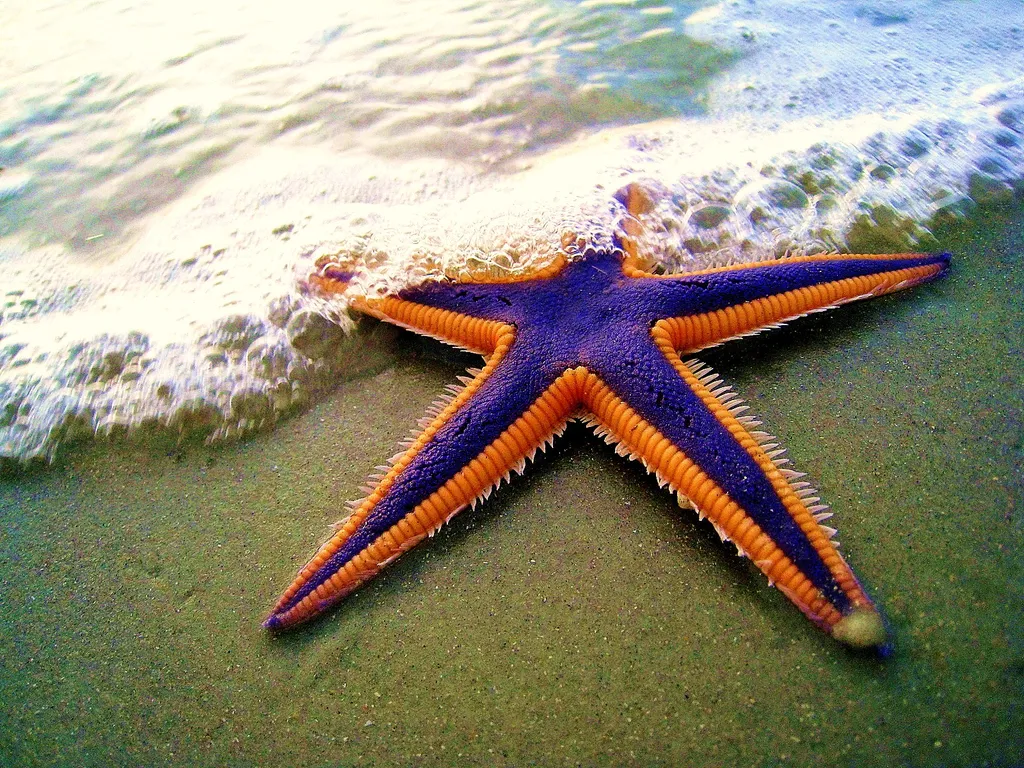
Photo by TheMargue / CC BY 2.0 via Wikimedia Commons
With their iconic five-armed silhouette, sea stars (commonly called starfish, though they're definitely not fish!) are among the ocean's most recognizable residents. But beneath that familiar exterior lies one of nature's most fascinating survivors - creatures that can regrow lost limbs, walk on hundreds of hydraulic feet, digest their prey outside their bodies, and in some cases, even reproduce by tearing themselves in half. For divers, sea stars are everywhere, from colorful reef decorations to slow-motion predators reshaping entire ecosystems. They're living proof that you don't need a brain to be brilliant at survival.
🔬Classification
📏Physical Features
🌊Habitat Info
⚠️Safety & Conservation
Identification Guide
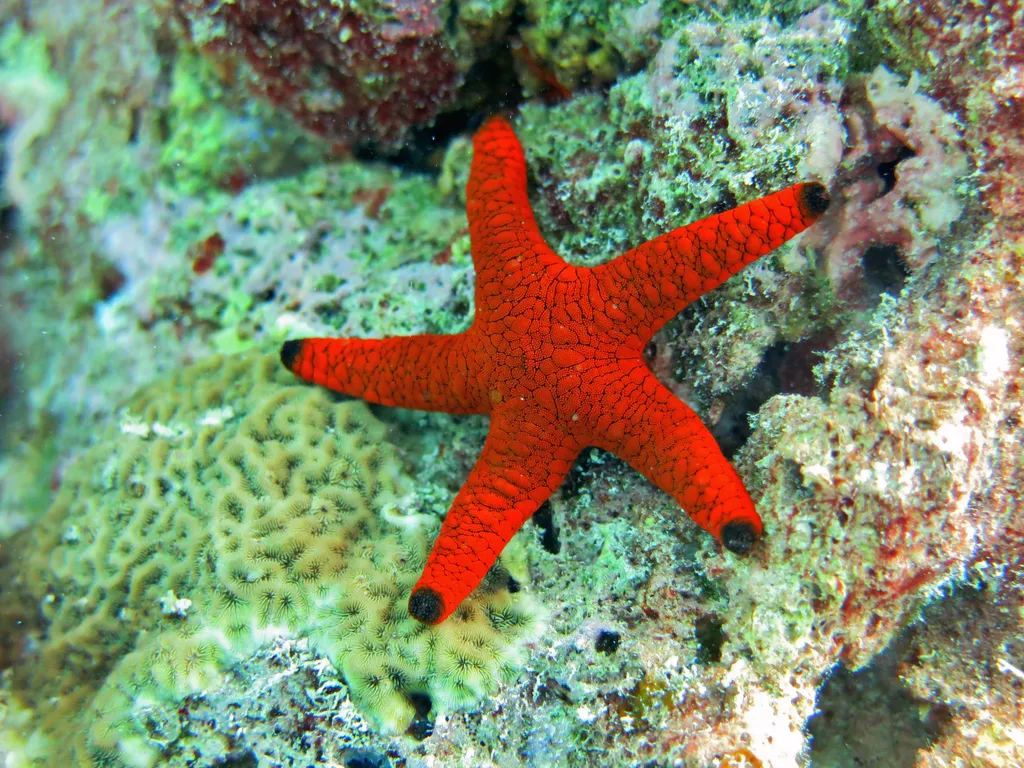
Photo by Frédéric Ducarme / CC BY-SA 4.0 via Wikimedia Commons
- Arm Count: Most have 5 arms (pentaradial symmetry), but some species have 6, 7, or even 40+ arms
- Arm Flexibility: Arms can be thick and rigid, or long and flexible depending on species
- Surface Texture: Check for spines, granules, plates, or smooth skin on the upper (aboral) surface
- Tube Feet: Flip carefully to see hundreds of tiny tube feet on the underside (can be suction-tipped or pointed)
- Madreporite: Look for a small, light-colored sieve-like plate on the top surface - this is the water intake
- Movement: Extremely slow but steady - they glide rather than walk
- Size Matters: From tiny 1cm cushion stars to giant sunflower stars over 1 meter across
Top 10 Fun Facts about Sea Star
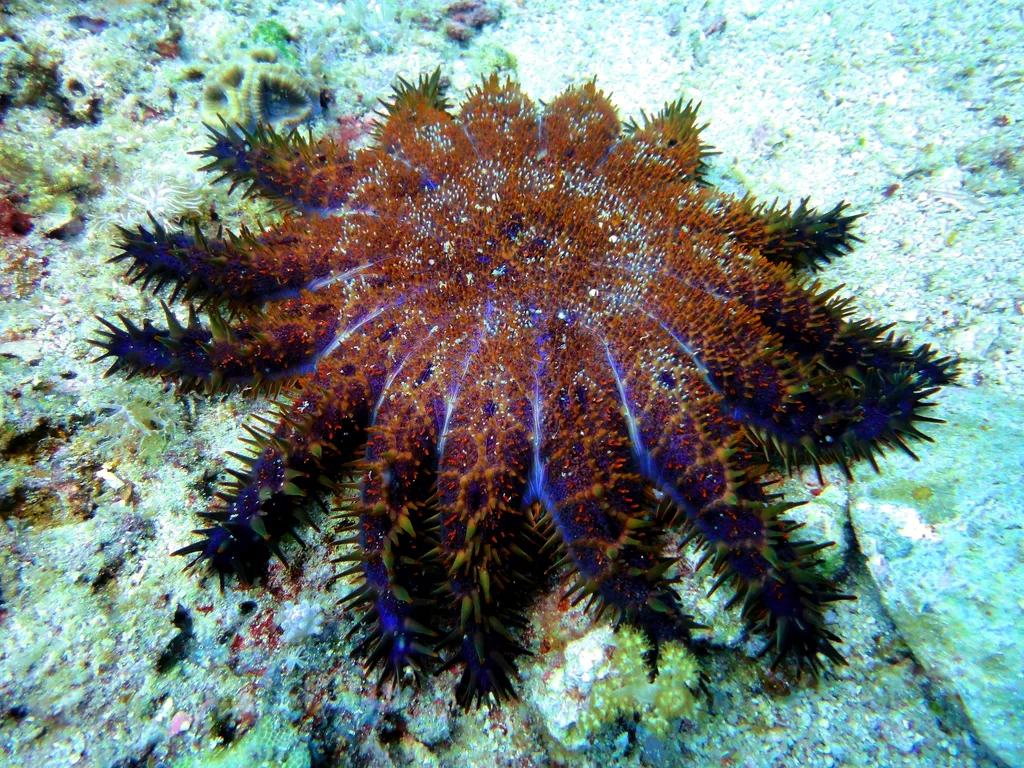
Photo by Matt Kieffer / CC BY-SA 4.0 via Wikimedia Commons
1. The Ultimate Regeneration Champions
Sea stars are the poster children for regeneration in the animal kingdom. Lose an arm to a predator? No problem - they'll simply regrow it over several months. But here's where it gets wild: if a severed arm retains even a small piece of the central disc, it can regenerate an entirely new sea star. This has led to some bizarre sightings of "comet stars" - creatures with one large arm and four tiny regenerating stubs, looking like they're zooming through space. Some species can even intentionally split themselves in half (a process called fission) as a form of asexual reproduction, with each half becoming a complete individual. Early fishermen who tried to kill sea stars by cutting them up and tossing them back actually multiplied their numbers!
2. Walking on Water Hydraulics
Sea stars don't have feet in the conventional sense. Instead, they possess hundreds to thousands of tube feet powered by a unique water vascular system. Water enters through a sieve-like plate on top (the madreporite), travels through internal canals, and is hydraulically pumped into each tube foot. By coordinating the extension and retraction of these feet, sea stars can walk, climb vertical walls, and even right themselves if flipped over. Each tube foot has a suction cup that can exert surprising force - a sea star can use this collective power to pry open a mussel or clam by gripping both shells and pulling with relentless, patient strength until the exhausted mollusk gives up and opens.
3. Stomach-Outside Dining
Sea stars have evolved one of the strangest feeding mechanisms in nature. When they catch prey like a clam, they don't swallow it whole. Instead, they evert their stomach out through their mouth and insert it into the prey's shell opening. The stomach then secretes digestive enzymes that liquefy the prey's soft tissues, and the sea star absorbs the nutrient soup directly through the stomach lining. Only after the meal is digested does the stomach retract back inside. This "external digestion" allows them to eat prey much larger than their tiny mouth opening would otherwise permit.
4. No Brain, No Problem
Sea stars have no centralized brain. Instead, they have a simple nervous system consisting of a nerve ring around the mouth and radial nerves running down each arm. Despite this decentralized "intelligence," they can coordinate complex behaviors like hunting, righting themselves when overturned, and even making "decisions" about which direction to travel. Each arm can act somewhat independently, with different arms sometimes "competing" for control - you might see a sea star seemingly arguing with itself about which way to go!
5. The Reef Destroyer: Crown-of-Thorns Sea Star
The Crown-of-Thorns sea star (COTS) is a spectacular but ecologically devastating species. Covered in venomous spines that can penetrate wetsuits and cause excruciating pain, this large sea star (up to 80cm) feeds exclusively on coral polyps. One individual can consume an area of coral equivalent to its own body size every single day. When COTS populations explode (outbreaks can involve millions of individuals), they can denude entire reef systems, leaving behind ghostly white coral skeletons. These outbreaks are becoming more frequent due to nutrient pollution and overfishing of their natural predators like the giant triton snail.
6. Eyes Without a Brain
Most sea stars have a simple light-sensing eyespot at the tip of each arm, allowing them to detect light and shadow. But some species, like the blue linckia, have more sophisticated compound eyes similar to insects, capable of forming crude images. These eyes help them navigate toward darker areas for shelter and detect the silhouettes of predators. Remarkably, they achieve this visual processing without a brain - the computational work is distributed throughout their nervous system.
7. Breathing Through Their Skin
Sea stars don't have gills or lungs. Instead, they rely on tiny finger-like projections called papulae that poke through their skin, creating direct contact between their internal fluids and the surrounding seawater. Oxygen diffuses in, and carbon dioxide diffuses out. Some of these papulae also serve as excretory organs. This simple yet effective system means their entire body surface is essentially a respiratory organ.
8. The Vanishing Sunflower Star
The sunflower star (Pycnopodia helianthoides) was once the largest and fastest sea star, with up to 24 arms and speeds of 1 meter per minute (blazing fast for a sea star!). These voracious predators could catch sea urchins and even slow fish. However, starting in 2013, a mysterious wasting disease swept through Pacific populations, causing their bodies to literally disintegrate. Over 90% of sunflower stars died within a few years, and they're now functionally extinct in many regions. Their disappearance has allowed sea urchin populations to explode, creating "urchin barrens" where kelp forests once thrived.
9. Ancient Lineage
Sea stars have been crawling across ocean floors for at least 450 million years, predating the dinosaurs by over 200 million years. Fossil records show their distinctive five-armed body plan has remained remarkably successful and largely unchanged. They've survived multiple mass extinction events that wiped out countless other species, proving their body design is an evolutionary winner.
10. Bizarre Reproduction
While many sea stars reproduce sexually by releasing eggs and sperm into the water, their reproductive strategies get weird. Some species are hermaphrodites, capable of producing both eggs and sperm. Others undergo fission - literally tearing themselves in half to create two individuals. The bipinnaria larvae that emerge from fertilized eggs are bilaterally symmetrical and look nothing like adult sea stars, spending weeks or months as free-swimming plankton before metamorphosing and settling to the seabed, where they suddenly develop their iconic radial symmetry.
Diving & Observation Notes
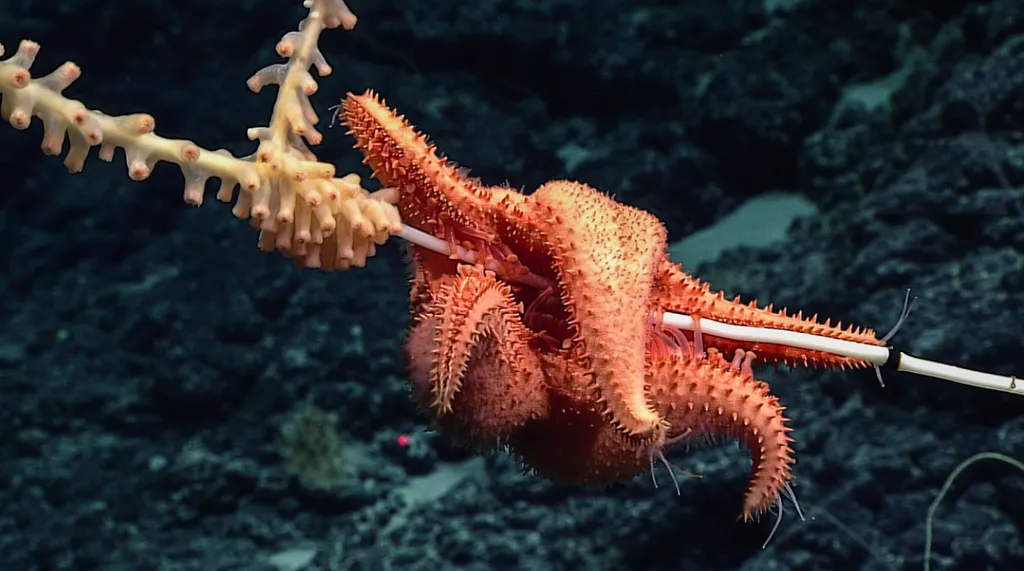
Photo by Unidentified NOAA photographer via Wikimedia Commons
Where to Find Them
Sea stars are ubiquitous across diving environments - you'll find them on reef walls, hiding under ledges, scattered across sandy bottoms, clinging to kelp, and even in tide pools. Night dives often reveal different species than day dives, as many sea stars are nocturnal hunters. Look for:
- Cushion stars wedged into crevices during the day
- Blue linckia draped over coral branches like living jewelry
- Crown-of-thorns feeding on corals (sadly becoming more common)
- Chocolate chip stars buried partially in sand with only their knobby tops visible
Observation Tips
Sea stars might seem static, but patient observation reveals fascinating behaviors:
- Watch them feed: If you find one gripping a bivalve, you might witness the slow-motion tug-of-war. It can take hours, but the sea star usually wins.
- Check for hitchhikers: Many sea stars host commensal scale worms, shrimps, or even small fish hiding among their spines.
- Regeneration spotting: Look for individuals with one or more arms that are smaller and paler - these are regenerating.
- Tube feet close-up: Get your macro lens ready and photograph the underside - the coordinated movement of hundreds of tube feet is mesmerizing.
Photography Tips
- Contrast is key: Vibrant sea stars pop against dark backgrounds or contrasting substrate
- Lighting angles: Side-lighting emphasizes texture on spiny species
- Slow and steady: They won't run away - take your time to compose the perfect shot
Safety and Conservation
Crown-of-Thorns Warning:
- If you encounter a crown-of-thorns sea star, DO NOT TOUCH
- Their venomous spines can penetrate neoprene and cause severe pain, nausea, and prolonged swelling
- Symptoms can last for weeks
- If stung, soak the affected area in hot water (as hot as tolerable) and seek medical attention
General Handling Rules:
- Never remove sea stars from water for photos - they can't breathe air and suffer internal damage
- Don't flip them for extended periods - they need to be right-side up to respire properly
- Avoid touching soft-bodied species - your touch can damage their delicate skin papulae
- Report mass die-offs to local marine authorities - wasting disease is still devastating populations
Conservation Actions
Sea stars face multiple threats - wasting disease, ocean acidification, warming waters, and in the case of COTS, human-induced nutrient pollution:
- Support marine protected areas that maintain healthy predator-prey balance
- Report COTS outbreaks to reef management organizations
- Never collect sea stars as souvenirs
- Participate in citizen science projects monitoring sea star populations
- Reduce nutrient runoff that fuels COTS outbreaks by supporting sustainable agriculture
Best Places to Dive with Sea Star

Komodo
Komodo National Park is a diver’s paradise full of marine diversity: expect healthy coral gardens, reef sharks, giant trevallies, countless schools of fish, and frequent manta ray sightings at sites like Manta Point and Batu Bolong. Drift dives and dramatic reef structures add excitement, while both macro lovers and big-fish fans will find plenty to love. Above water, the wild Komodo dragons roam, giving a touch of prehistoric wonder to the whole trip.

Palau
Rising out of the western Pacific at the meeting point of two great oceans, Palau is an archipelago of more than 500 jungle‑cloaked islands and limestone rock pinnacles. Its barrier reef and scattered outcrops create caverns, walls, tunnels and channels where nutrient‑rich currents sweep in from the Philippine Sea. These flows feed carpets of hard and soft corals and attract vast schools of jacks, barracudas and snappers, as well as an impressive cast of pelagics. Grey reef and whitetip sharks parade along the legendary Blue Corner; manta rays glide back and forth through German Channel’s cleaning stations; and Ulong Channel offers a thrill‑ride drift over giant clams and lettuce corals. Between dives you can snorkel among non‑stinging jellyfish in Jellyfish Lake or explore WWII ship and plane wrecks covered in colourful sponges.

Maldives
Scattered across the Indian Ocean like strings of pearls, the Maldives’ 26 atolls encompass more than a thousand low‑lying islands, reefs and sandbanks. Beneath the turquoise surface are channels (kandus), pinnacles (thilas) and lagoons where powerful ocean currents sweep past colourful coral gardens. This nutrient‑rich flow attracts manta rays, whale sharks, reef sharks, schooling jacks, barracudas and every reef fish imaginable. Liveaboards and resort dive centres explore sites such as Okobe Thila and Kandooma Thila in the central atolls, manta cleaning stations in Baa and Ari, and shark‑filled channels like Fuvahmulah in the deep south. Diving here ranges from tranquil coral slopes to adrenalin‑fuelled drifts through current‑swept passes, making the Maldives a true pelagic playground.
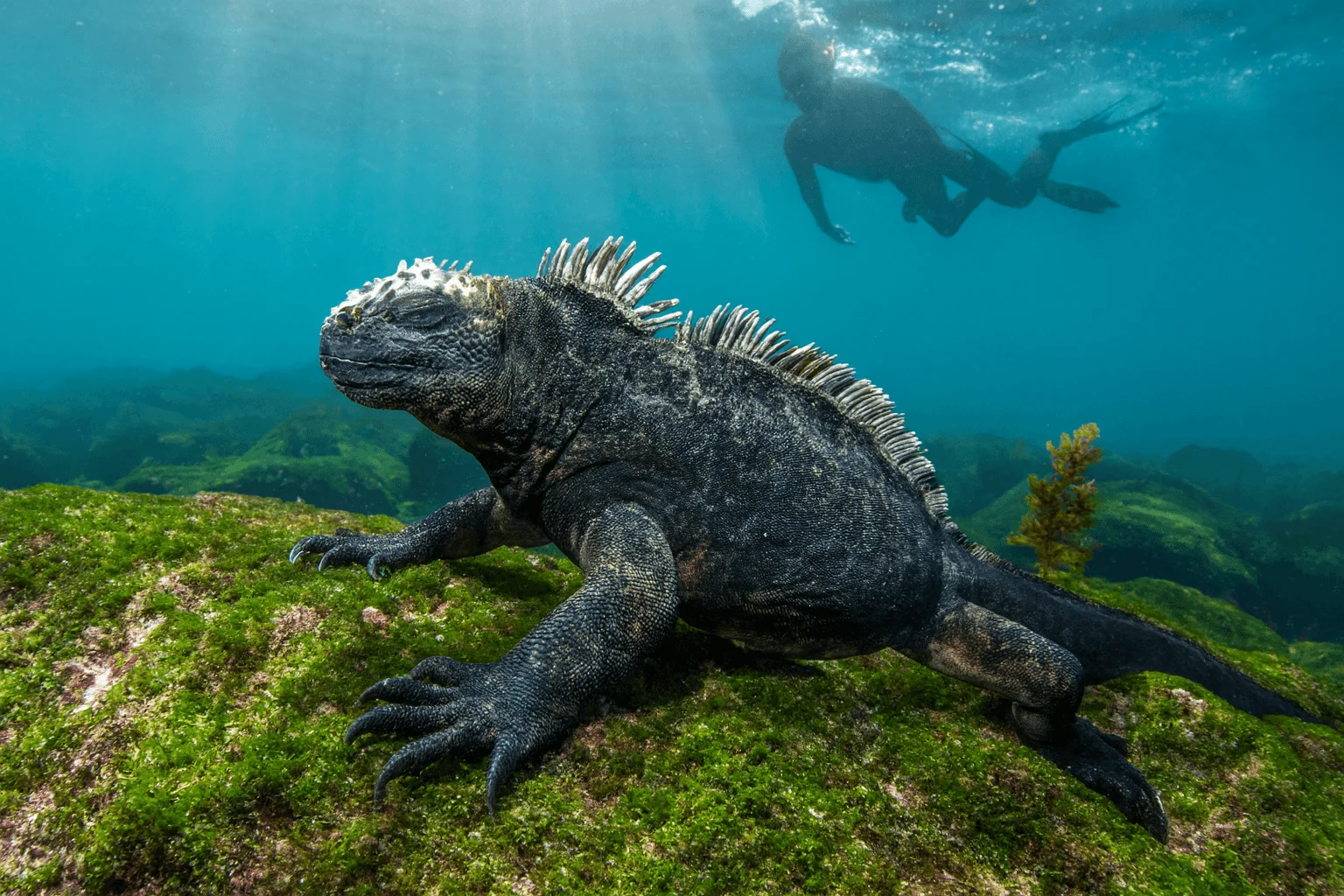
Galapagos
The Galápagos Islands sit 1 000 km off mainland Ecuador and are famous for their remarkable biodiversity both above and below the water. Created by volcanic hot spots and washed by the converging Humboldt, Panama and Cromwell currents, these remote islands offer some of the most exhilarating diving on the planet. Liveaboard trips venture north to Darwin and Wolf islands, where swirling schools of scalloped hammerheads and hundreds of silky and Galápagos sharks patrol the drop‑offs. Other sites host oceanic manta rays, whale sharks, dolphins, marine iguanas, penguins and playful sea lions. Strong currents, cool upwellings and surge mean the dives are challenging but incredibly rewarding. On land you can explore lava fields, giant tortoise sanctuaries and blue‑footed booby colonies.
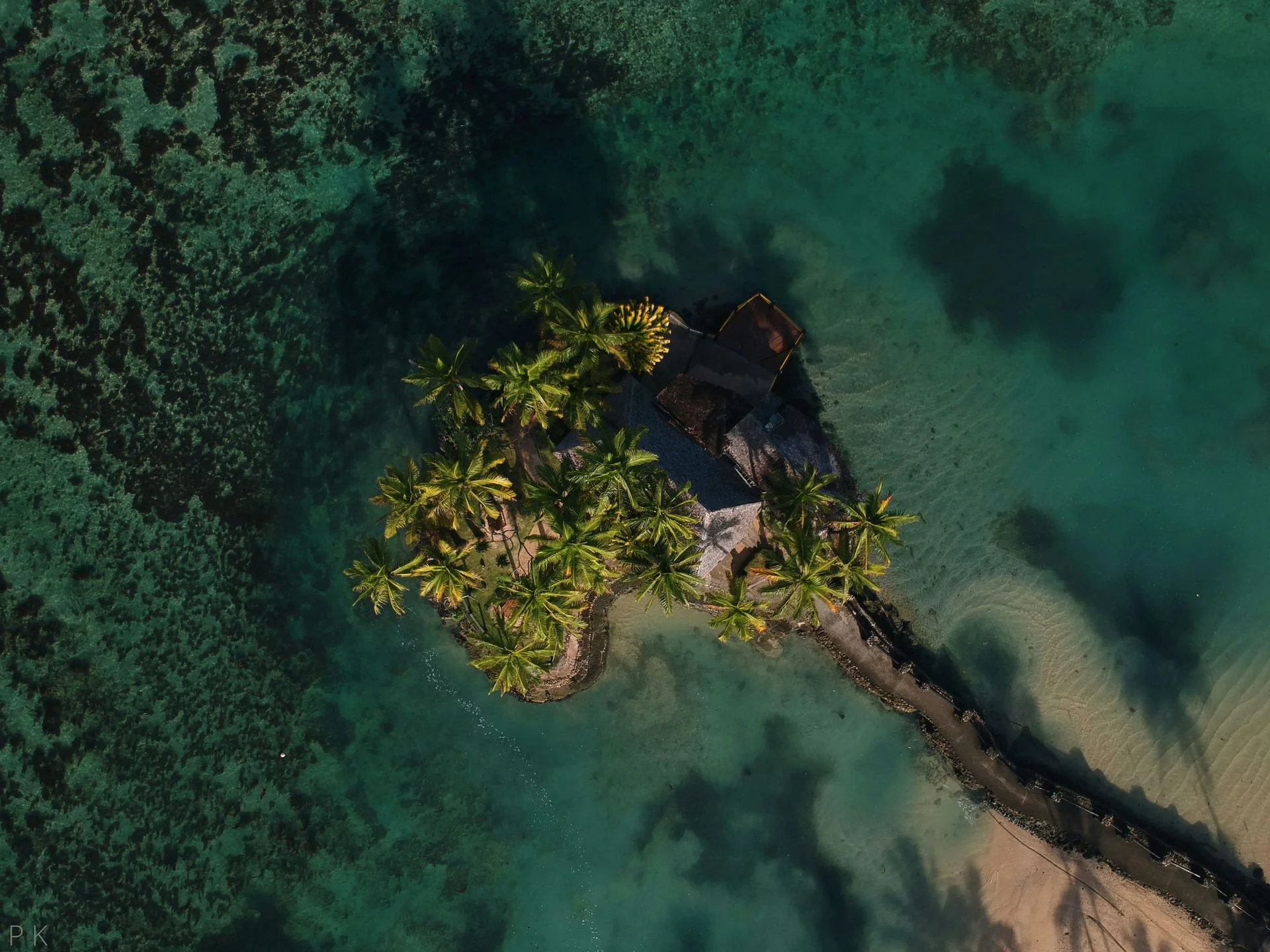
Fiji
Fiji sits like a necklace of more than 300 inhabited islands and 500 smaller islets in the heart of the South Pacific. Jacques Cousteau dubbed it the “soft coral capital of the world” for good reason – nutrient‑rich currents wash over sloping reefs, walls and bommies that erupt in shades of pink, purple, orange and yellow. The country’s dive sites range from kaleidoscopic coral gardens and pinnacles in the Somosomo Strait to shark dives in Beqa Lagoon, and remote passages in Bligh Water and the Koro Sea. Schools of barracuda, trevally and surgeonfish cruise above while manta rays, turtles, bull sharks and occasionally hammerheads glide past. Friendly locals and a relaxed island vibe make Fiji a favourite for both adventurous liveaboard trips and leisurely resort‑based diving.
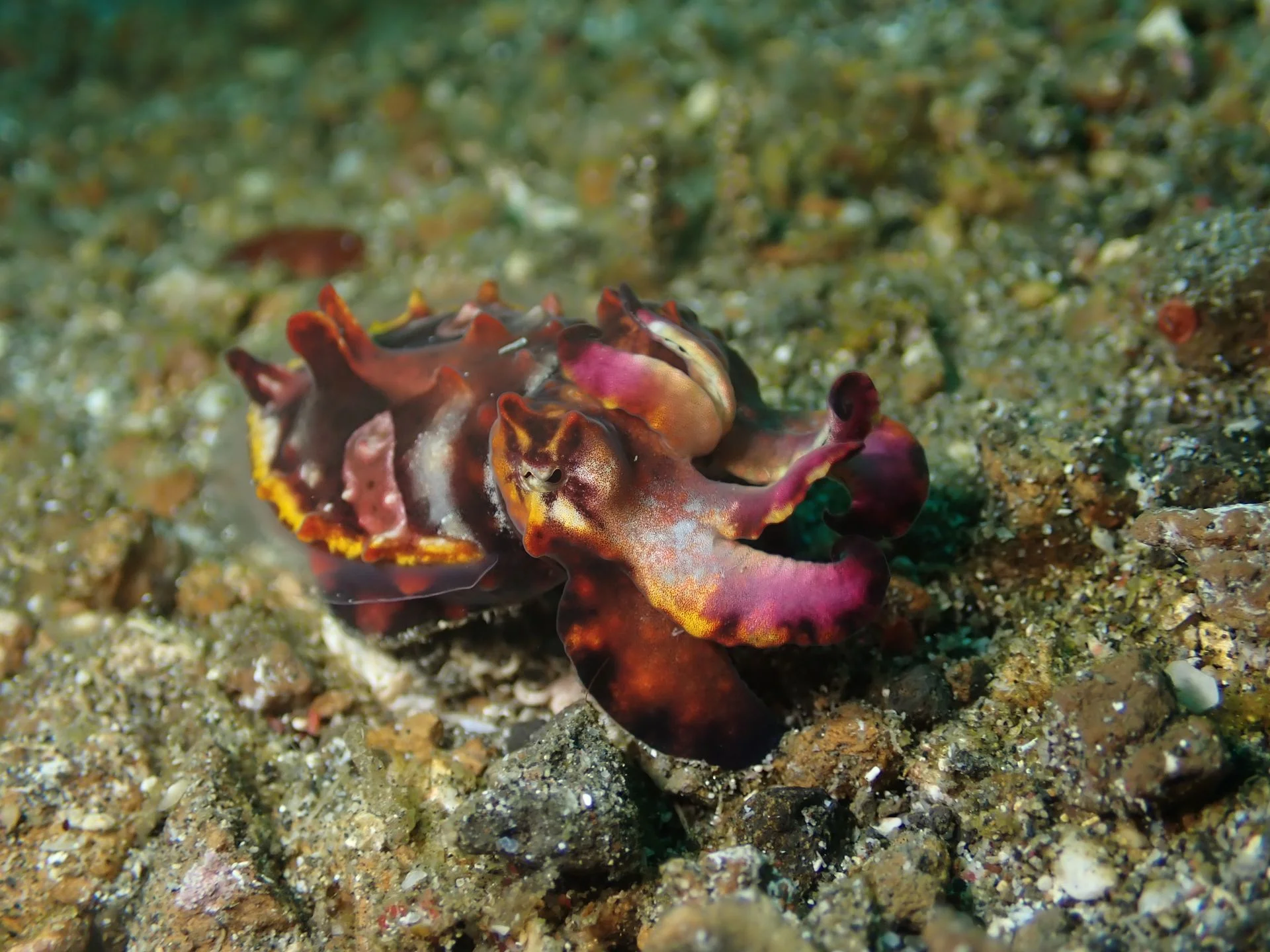
Lembeh
The Lembeh Strait in North Sulawesi has become famous as the muck‑diving capital of the world. At first glance its gently sloping seabed of black volcanic sand, rubble and discarded debris looks bleak. Look closer and it is teeming with weird and wonderful life: hairy and painted frogfish, flamboyant cuttlefish, mimic and blue‑ringed octopuses, ornate ghost pipefish, tiny seahorses, shrimp, crabs and a rainbow of nudibranchs. Most dives are shallow and calm with little current, making it an ideal playground for macro photographers. There are a few colourful reefs for a change of scenery, but Lembeh is all about searching the sand for critter treasures.
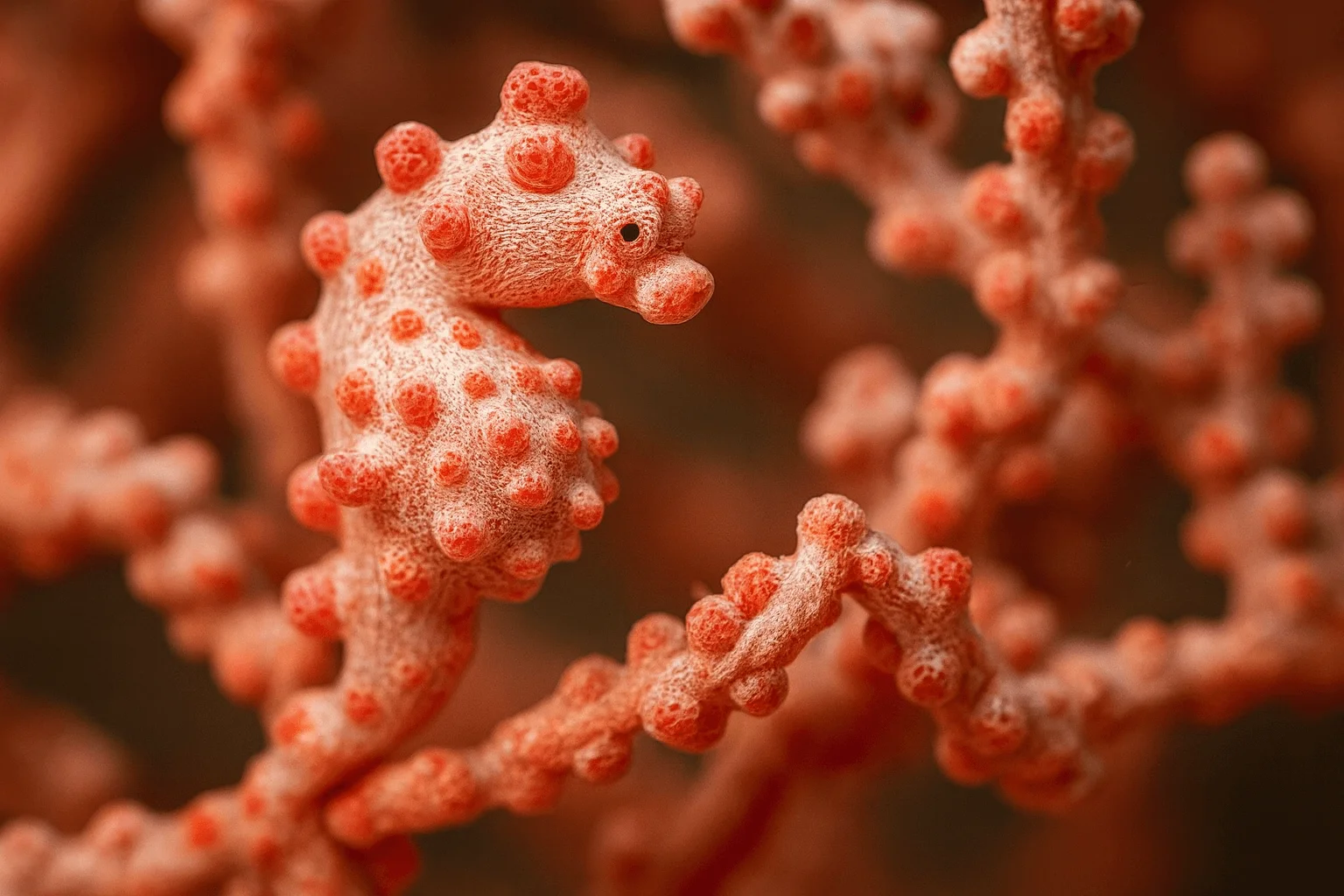
Anilao
Anilao, a small barangay in Batangas province just two hours south of Manila, is often called the macro capital of the Philippines. More than 50 dive sites fringe the coast and nearby islands, offering an intoxicating mix of coral‑covered pinnacles, muck slopes and blackwater encounters. Critter enthusiasts come for the legendary muck dives at Secret Bay and Anilao Pier, where mimic octopuses, blue‑ringed octopuses, wonderpus, seahorses, ghost pipefish, frogfish and dozens of nudibranch species lurk in the silt. Shallow reefs like Twin Rocks and Cathedral are covered in soft corals and teem with reef fish, while deeper sites such as Ligpo Island feature gorgonian‑covered walls and occasional drift. Because Anilao is so close to Manila and open year‑round, it’s the easiest place in the Philippines to squeeze in a quick diving getaway.